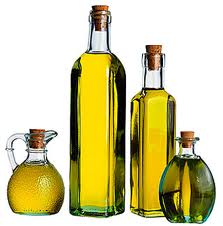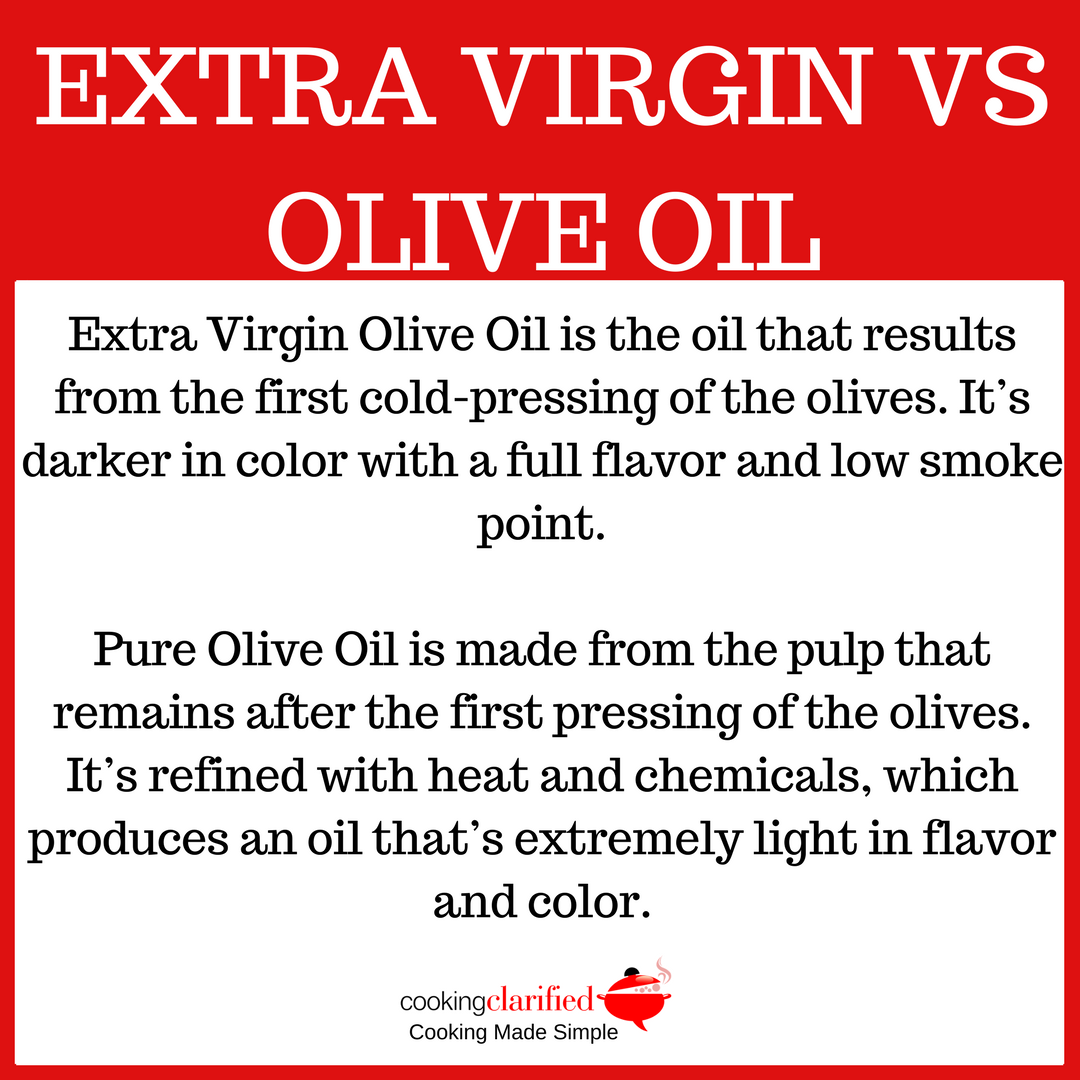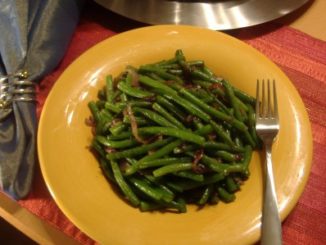
There are two key things to consider when selecting an oil – flavor and smoke point. Some cooking oils have more flavor than others so if you’re looking to use the oil to add flavor to your dish, choose a darker, more flavorful oil. Lighter and usually less expensive oils are best when you’re only using the oil to lubricate a pan or dish.
Smoke point is the temperature or point at which oil, when heated, literally starts to smoke. If you’re looking for an oil to sauté or deep-fry with, make sure it’s a refined or processed oil with a high smoke point. These oils are usually light in color and less expensive than their purer, more flavorful counterparts.
Vegetable Oil is usually a mixture of oils extracted from plants with the use of chemicals. It’s heavily refined, which means most of the impurities are removed in processing. The result, an oil that’s light in color, light on flavor but with a high smoke point.
Canola Oil is produced from rapeseeds, a plant that’s actually part of the mustard family. Like vegetable oil it’s neutral in color and flavor and has a high smoke point. Canola oil is made up of healthier monounsaturated fats, making it what many believe to be a healthier alternative to vegetable oil.
Olive Oil is, as its name implies, extracted from olives, and much like wine its flavor and color can vary depending on the soil and climate the olives are grown in. Color and smoke point also vary depending on the amount of acidity found in the oil.
Extra Virgin Olive Oil is the oil that results from the first cold-pressing of the olives. It’s darker in color and because it’s minimally processed, has a low acidity. Along with its full flavor and deeper color (it’s usually bright or dark green), extra virgin olive oil has a very low smoke point and a high price point. Keep a bottle of extra virgin olive oil on hand for creating flavorful vinaigrettes, drizzling and dipping.
Virgin Olive Oil results from the first cold-pressing of the olives, but has a slightly higher acidity level. Its color and flavor are midway between the bold extra virgin olive oil and lighter pure olive oil.
Pure Olive Oil is made from the pulp that remains after the first pressing of the olives. It’s refined with heat and chemicals, which produces an oil that’s extremely light in flavor and color. It’s also less expensive and has a high smoke point, making it the best olive oil for cooking.
Peanut Oil is marked by its mild flavor and light color. It’s an excellent choice for deep frying or any cooking method requiring a high cooking temperature.
Specialty Oils include nut oils, like Hazelnut and Walnut oils, and oils infused with flavors from other foods, like herbs and spices. They’re typically used to add flavor to foods like vinaigrettes, marinades and sauces and can even be used as a finishing condiment or for dipping.





Be the first to comment